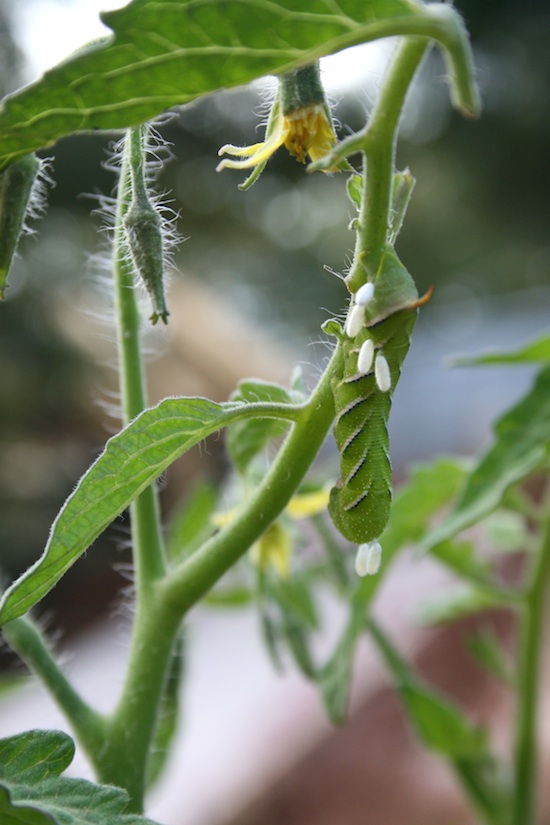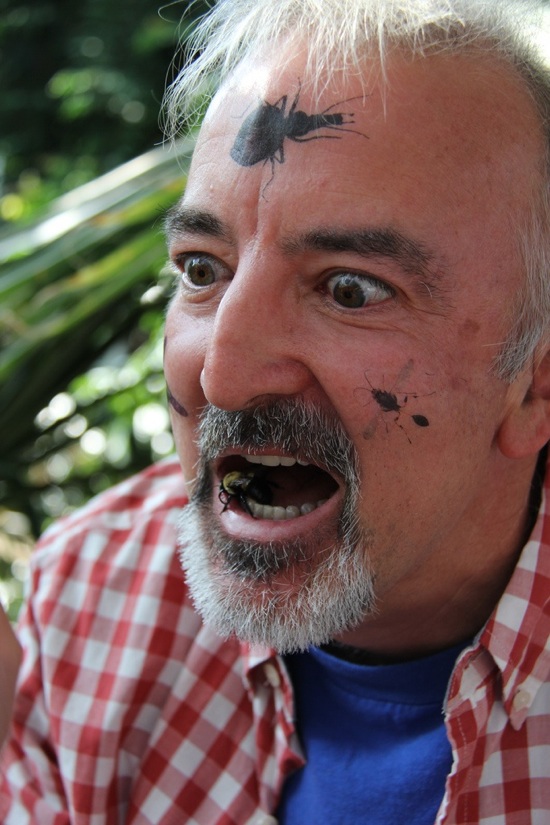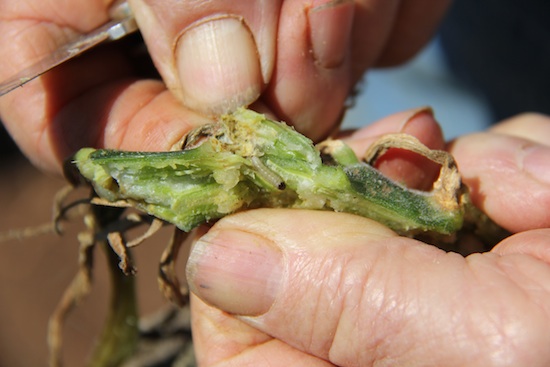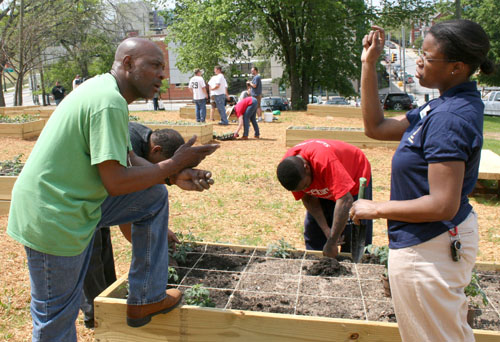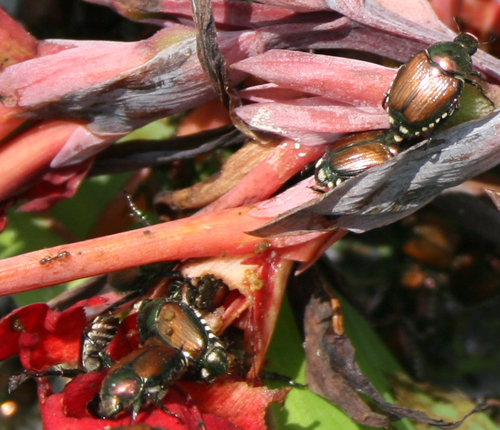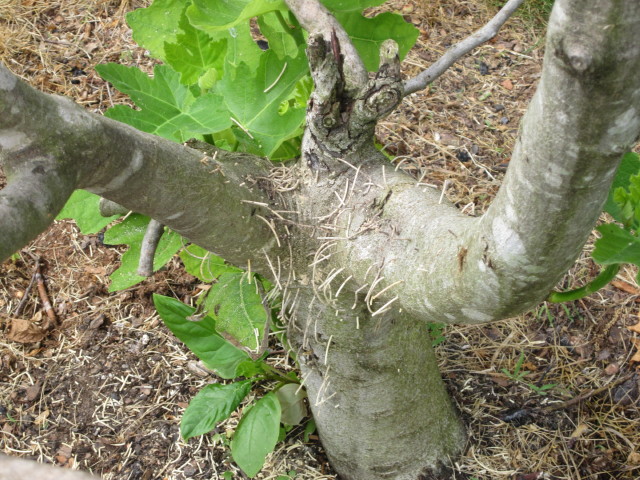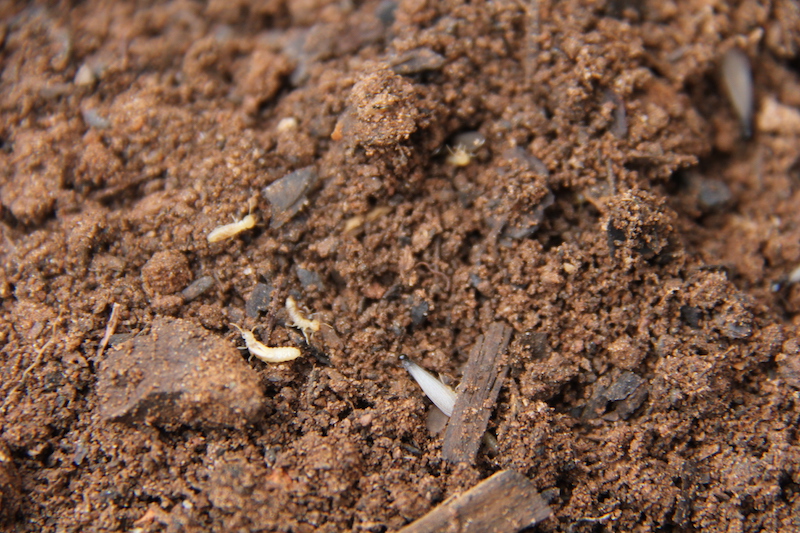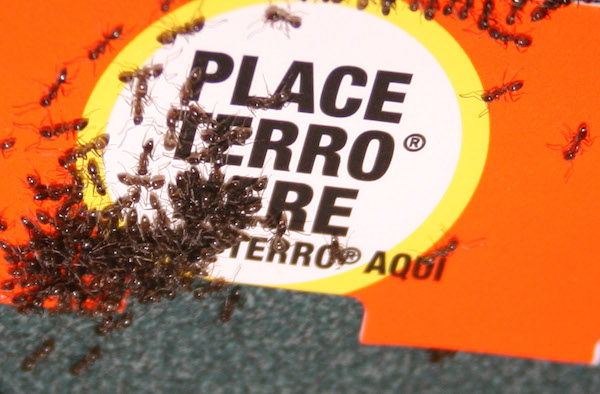 CAES News
CAES News
Home Remedies
Grits sprinkled over fire ant mounds, plastic bags filled with water to repel flies and high-frequency sound waves to chase away rats and mice—these are just a few non-chemical methods rumored to work as pest repellents.

